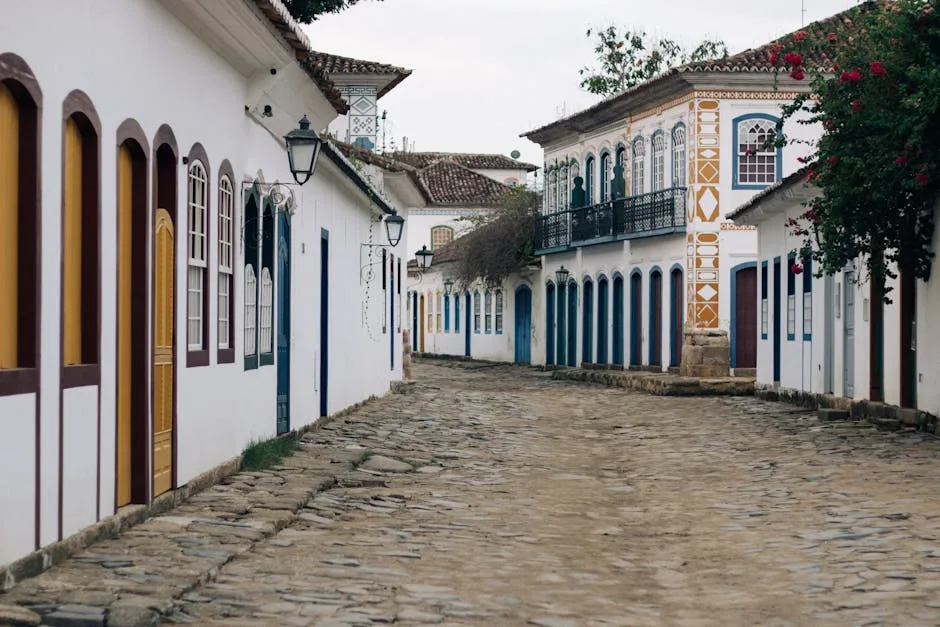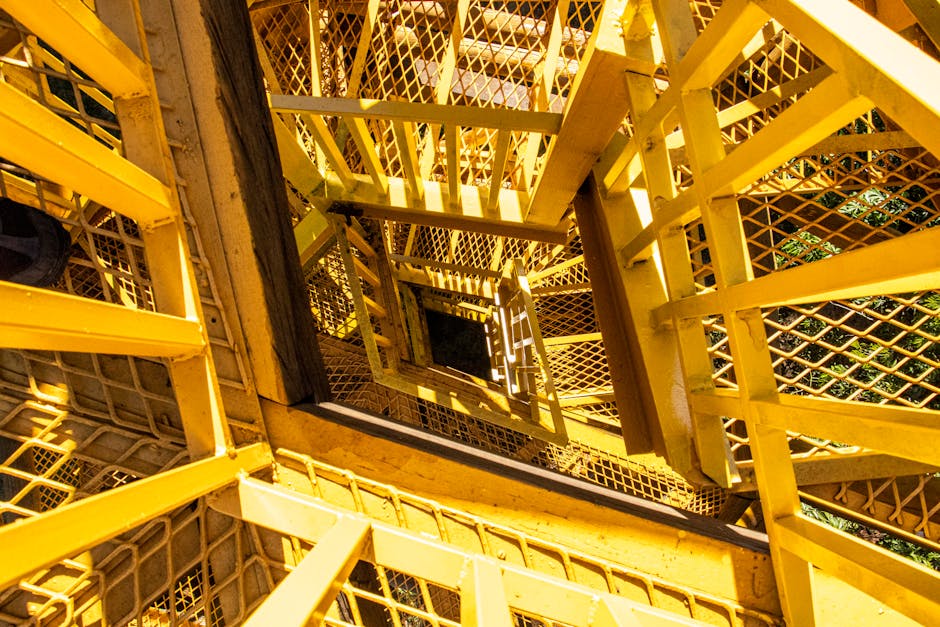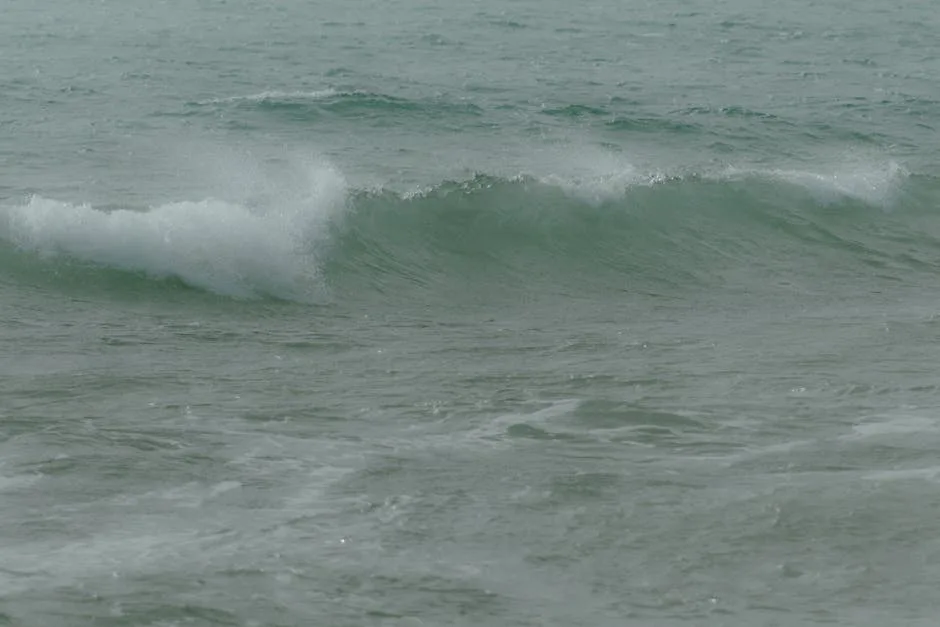Step Back in Time in Paraty, Brazil
Nestled on Brazil’s lush Costa Verde, between Rio de Janeiro and São Paulo, lies a town where time seems to have stood still. Paraty (pronounced ‘pa-ra-chee’) is a beautifully preserved Portuguese colonial town, a UNESCO World Heritage site that captivates visitors with its cobblestone streets, vibrant colonial architecture, and stunning natural surroundings. If you’re looking for a destination that perfectly blends history, culture, and nature, Paraty is your answer.
A Glimpse into Paraty’s Gilded Past
Paraty’s story is deeply linked to Brazil’s 18th-century Gold Rush. It was the endpoint of the Caminho do Ouro (Gold Trail), a crucial port where gold and precious stones mined from Minas Gerais were shipped to Portugal. This immense wealth funded the construction of the magnificent churches and mansions that still line its streets today. As the gold rush faded, Paraty became isolated, a fortunate turn of events that preserved its unique colonial character for centuries.
Wandering the Historic Heart (Centro Histórico)
The main attraction in Paraty is its pedestrian-only historic center. Be sure to wear comfortable shoes, as you’ll be walking on the original, irregular cobblestone streets, known as ‘pé-de-moleque’. The streets are famously designed to flood with the high tide, a clever, old-world system for cleaning the town.
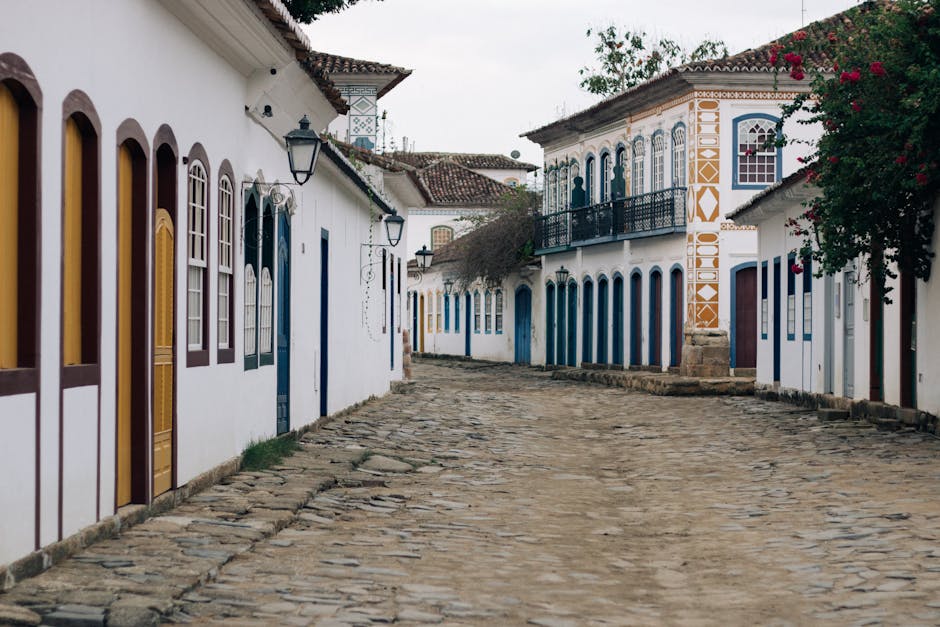
As you explore, you’ll be enchanted by the whitewashed buildings adorned with brightly colored doors and window frames. Every corner presents a new photo opportunity. Don’t miss key landmarks like:
- Igreja de Santa Rita: A beautiful baroque church from 1722, now home to the Museum of Sacred Art and one of Paraty’s most iconic postcard images.
- Capela de Nossa Senhora das Dores: Another stunning 18th-century chapel, offering a glimpse into the town’s rich religious heritage.
- Casa da Cultura: A cultural center that hosts exhibitions and events, providing deeper insight into the local history and art scene.
Beyond the Cobblestones: Islands, Beaches, and Waterfalls
Paraty’s magic extends far beyond its historic center. The town is situated on the Bay of Ilha Grande, a tranquil expanse of emerald-green water dotted with hundreds of tropical islands and secluded beaches. A boat trip is an absolute must-do activity.
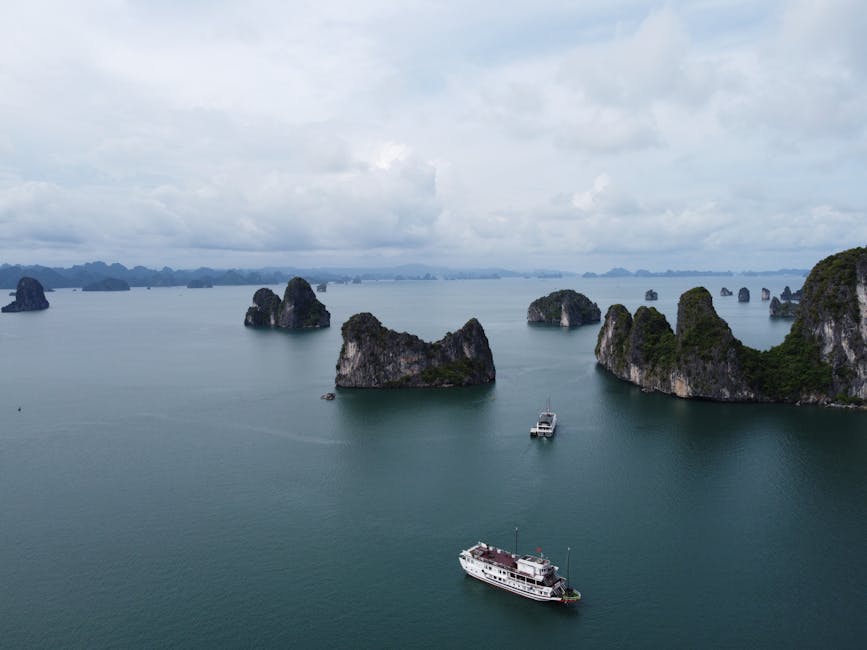
You can join a trip on a traditional ‘escuna’ (schooner) or hire a private boat for a more personalized experience. These tours typically stop at several islands and beaches for swimming, snorkeling, and enjoying a fresh seafood lunch on board. Inland, the lush Atlantic Forest of the Serra da Bocaina National Park beckons with hiking trails and refreshing waterfalls, like the popular Cachoeira do Tobogã, where you can slide down a smooth rock face into a natural pool.
Savoring Paraty’s Flavors: Cachaça and Cuisine
Paraty is not just a feast for the eyes, but for the palate as well. The region is famous for producing some of Brazil’s finest artisanal cachaça, the sugarcane spirit that is the base for the national cocktail, the Caipirinha. Visiting a local ‘alambique’ (distillery) is a fantastic way to learn about the production process and sample different varieties, from pure, unaged cachaça to complex, oak-aged spirits.
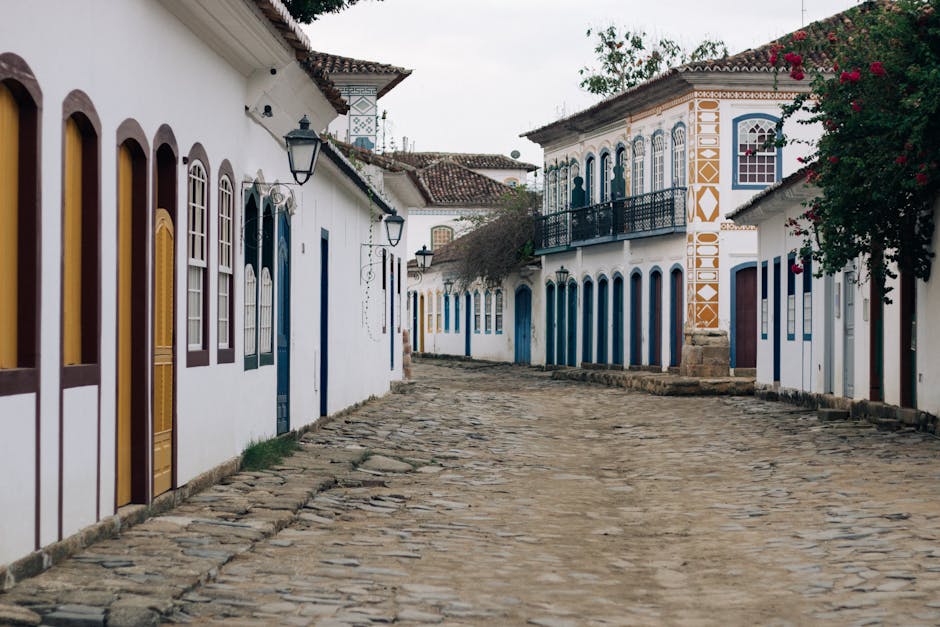
Taste the Local Culture
The town’s culinary scene is vibrant, with a focus on fresh, local ingredients. Seafood is a staple, with moqueca (a flavorful fish stew) being a must-try dish. You’ll find a wonderful array of restaurants in the historic center, from charming, rustic eateries to sophisticated dining rooms, all serving delicious Brazilian cuisine.
Practical Tips for Your Paraty Adventure
When to Visit
Paraty is a year-round destination, but the dry season from May to September offers pleasant temperatures and less rain. A major highlight is the annual FLIP (Festa Literária Internacional de Paraty), an internationally renowned literary festival that takes over the town in July.
Getting There
The town is conveniently located about 4-5 hours by bus or car from both Rio de Janeiro and São Paulo, making it an easy addition to any Brazil itinerary.
Where to Stay
For the most authentic experience, stay in one of the charming ‘pousadas’ (guesthouses) located within the historic center. These beautifully restored colonial homes offer a unique and intimate lodging experience.

